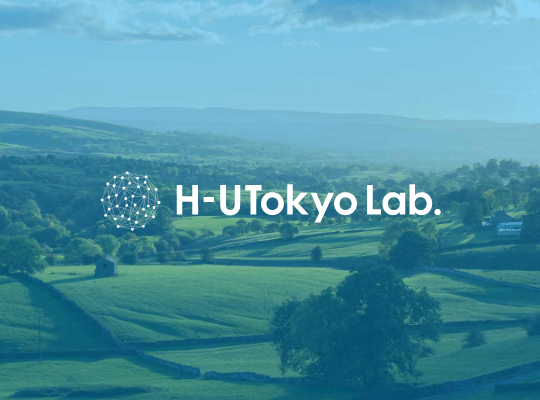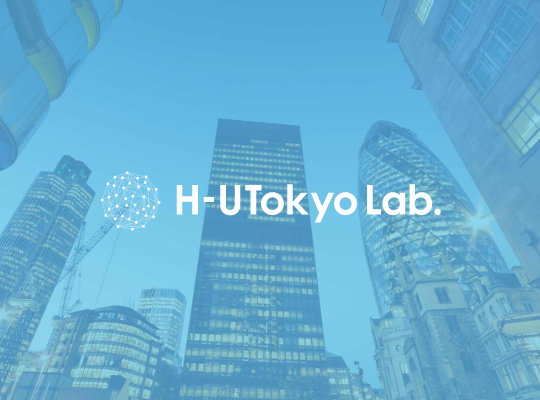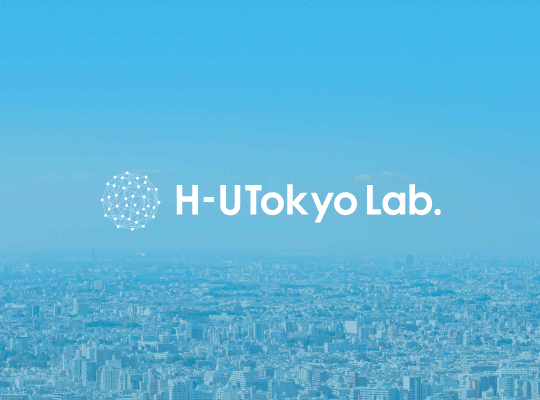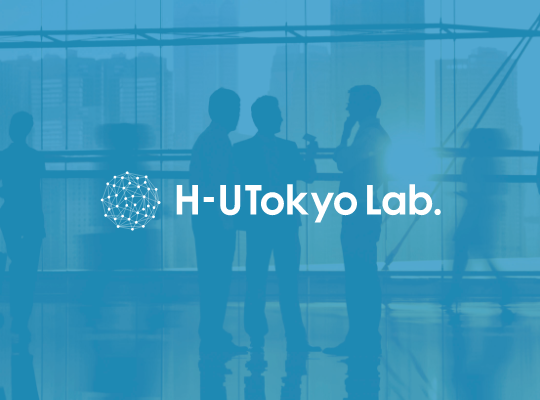This working group will develop data-driven urban planning methods to revitalize regions. Its aim is to use policy effectiveness evaluation tools based on observing and simulating cities, combined with consensus formation support tools based on the methodology of design concepts to simplify the introduction of evidence-based methods, which are lacking in present urban planning policy, and consensus formation to support community design policies. It will also study KPIs related to regional reinvigoration by implementing data-driven migration monitoring that integrates observation technology of a Hitachi camera with a city activity simulation (City Sim) based on action data obtained by “City Probe,” while collecting and analyzing community data such as land use histories. Based on knowledge obtained from implementing workshops and other regional revitalization program events, it will develop an interface (City Scope) that provides information about the effects of policies in a form easily understood by people who are not experts, and with the urban design center (City Lab) as its platform, will implement and accelerate social experiments that will permit people to participate to genuinely experience the future of their city.
research_categories: HABITAT Phase1(2017-2019)
Heathy aging society/age-friendly society implementation model
Attendant environment
The super low birth-rate aging society is almost here. We now have to build a new environment in which parents can raise healthy children, working households can enjoy their labor, and the elderly can lead worry-free lives. For example, annually about 16,000 elderly people die in accidents in their homes, which is about three times greater than fatalities from traffic accidents. Even in modern society, where it appears that technology has advanced remarkably, the safety of life is not completely protected. The reason for this is that diverse challenges such as biological information sensing, advanced algorithms, social acceptability, or information security have piled up. We will realize visions of a future way of life we all picture in our minds, with “the environment drawing close to us, protecting us, and supporting our growth.” This working group will newly blend knowledge and technology related to the ideal environment centered on people to promote innovation through collaboration by many organizations.
Decarbonization/next generation energy systems
The Paris Agreement, which took effect in November 2016 is deeply significant in that it is “a transformation of consciousness from low carbon to decarbonization” and “its participants are many countries including developing countries.” However, in developed countries, residential and commercial buildings contribute to a large portion of the energy consumption. Japan proposed to cut greenhouse gas emissions by 26 percent by 2030, of which, 40 percent is supposed to be achieved in residential and commercial buildings. This achievement requires not only de-carbonizing the energy supply, but also reducing energy demand. We aim to development a decarbonization management system which enable the individuals and the grid to improve QoL (Quality of Life, such as wellness, comfort, and productivity) as well as to reduce the energy demand and to integrate with renewable energy.
・ Facility management system = RICx
R: Remote, Real-time / Remote data management and system control that permits formation of alliances of groups of buildings regardless of the physical distance between them
I: Information technology / data-driven type based on energy conservation, energy creation, and energy storage utilizing IoT machines, AI, and so on
Cx Technology
Cx: Commissioning / energy management through data cleansing, optimization, and detecting and diagnosing faults
・ Life management system: Promoting actions that encourage decarbonization of an area while maintaining individuals’ QoL by providing information that influences people’s behavior.
Organically linking the two systems will build an advanced business model that will advance decarbonization of building construction, improve QoL of individual people, and promote environmental investment and display its potential to society.
Big data/knowledge-intensive systems
In recent years, not only has big data enabled the collection of information about social infrastructure services but the spread of IoT (Internet of Things) has been steadily realizing bidirectional services between users of services and providers. Urban design is expected to be innovated by efficiently utilizing technologies postulating bidirectionality composed of soft infrastructure, which is based on sharing economies such as car sharing. An information infrastructure utilizing various types of big data is one of the necessary elements for such innovative urban design and must be applied to the management and evaluation of diverse policies and services relating to residents and their activity areas. In this way, the following can be evaluated and managed:
- Evaluation of QoL in diverse segmentations.
- Evaluation of bidirectional services with fast data cycles.
- Knowledge sharing among stakeholders.
The mechanisms of the information infrastructure are developed to achieve the above tasks. The mechanisms organically combine big urban data, simulate the activities of residents, and visualize the state of urban activities in an easily understandable form.
Urban policy and evaluations/implementation of “Society 5.0”
For habitat innovation, efforts will be made to deal with basic problems previously cited. Solutions to all problems will be planned from the following three perspectives.
- Structural readjustment: The structural cost performance of society will be improved. Providing policy readjustment and information technology infrastructure will switch over to methods that impose low cost relative to social value.
- Innovation: Social loss will be thoroughly eliminated. Excessive consumption of resources that does not contribute to social value will be eliminated by optimization technology applying data, ending waste throughout society.
- QoL: QoL (Quality of Life) will be improved through new services. New services using data will be created, enabling individuals to lead more humane lives.
These three perspectives can be represented by the following formula which calculates per-capita social cost.
(Social cost/population) = (social cost/resource consumption) × (resource consumption/benefits) × (benefits/population)
Each term on the right side represents structural readjustment, innovation, and QoL respectively, and the concept of this formula is that reducing both the first and second terms reduces the left side and improves the third term. Through habitat innovation, accumulated knowledge of engineering, social sciences, and the humanities held by the University of Tokyo will be used to discern what the improvement of QoL at the individual level is and clarify the respective roles policy and technology play in the improvement of QoL. Hitachi’s experience in the social innovation business will be utilized to develop technologies such as a platform for interdisciplinary use of data, social and individual benefit simulation technology, and system architecture with high followability which permits finely-tuned response to long-term demand fluctuations and latent needs. Its aim is to realize Society 5.0 through social implementation of these with a sustainable business model and policy proposals.




